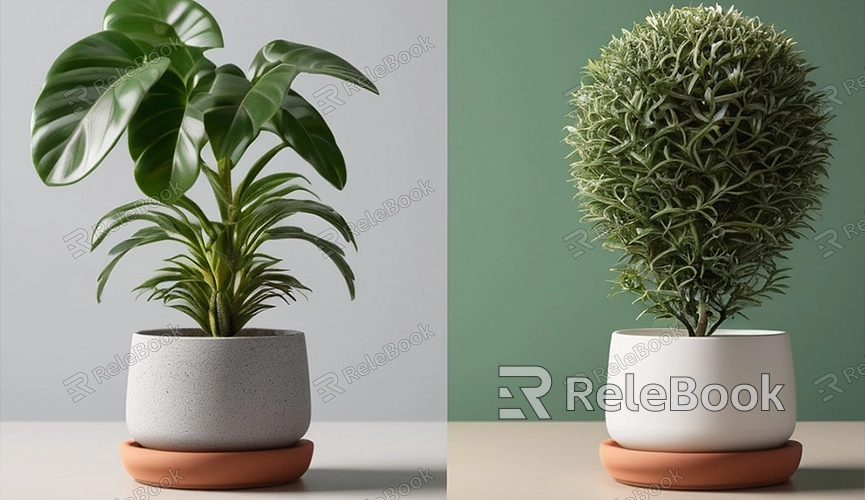How to Render Without Background in Blender
Blender is a powerful 3D modeling and rendering software widely used in animation, gaming, and visual effects production. During the production process, there are times when we need to render images without backgrounds to have more flexibility in compositing and editing later on. This article will introduce how to render images without backgrounds in Blender, helping you better complete your projects.
Setting Up the Rendering Engine
Before we begin, ensure that your Blender software is correctly installed and open. Next, we need to select a suitable rendering engine. Blender offers two main rendering engines: Eevee and Cycles.
1. Open the Blender software.
2. In the right properties panel, click the "Render Properties" icon (a camera icon).
3. In the "Render Engine" option, choose "Eevee" or "Cycles." Both can render images without backgrounds, so choose the engine according to your needs.
Enabling Transparent Background

Next, we need to set the background to transparent.
1. In the right properties panel, click the "Output Properties" icon (a printer icon).
2. In the "Output" section, find the "File Format" option and choose PNG format because PNG format supports a transparent background.
3. In the same panel, check the "Transparent" option. This will ensure that the rendered background is transparent, rather than the default black or other color.
Adjusting Material Settings
To ensure that your model and other elements display correctly, you also need to adjust the material settings.
1. Select the object you want to render.
2. In the right properties panel, click the "Material Properties" icon (a sphere icon).
3. Ensure that the "Alpha" channel is set to transparent, and adjust the "Base Color" alpha value if necessary.
Setting Up Lights and Camera
For the best rendering results, proper lighting and camera setup are necessary.
1. Add or adjust lights in the scene. You can press Shift + A, then choose "Light" -> "Point Light" or "Environment Light."
2. Ensure that the position and intensity of the lights are appropriate to illuminate your model correctly.
3. Set up the position and angle of the camera. Select the camera object, press G to move the camera, press R to rotate the camera, and find a suitable view.
4. Press 0 to switch to camera view and confirm if the camera position is appropriate.
Start Rendering
Now, everything is ready, and you can start rendering.
1. Press F12 to start rendering. Blender will render your scene and generate an image with a transparent background.
2. After rendering is complete, press F3 to save the image. Make sure the file format is PNG to retain the transparent background.
Notes
Ensure there are no unnecessary objects in the scene: Before rendering, check your scene to ensure there are no extra objects or lights that may affect the final rendering result.
Optimize rendering settings: Depending on your computer configuration, adjust rendering settings such as sampling numbers and ray tracing quality to balance rendering time and image quality.
Use appropriate file formats: Besides PNG, you can also choose other file formats that support a transparent background, such as TIFF. However, PNG is generally the most commonly used and compatible choice.
By following these steps, you can easily render images without backgrounds in Blender. This technique is very useful in post-production, especially when you need to composite 3D renders with other images or videos. Hopefully, this article helps you master this skill and improve your workflow. If you need high-quality 3D textures, HDRI, or 3D model downloads while creating models and virtual scenes, you can download them directly from Relebook and import textures and 3D models into your project for use.

